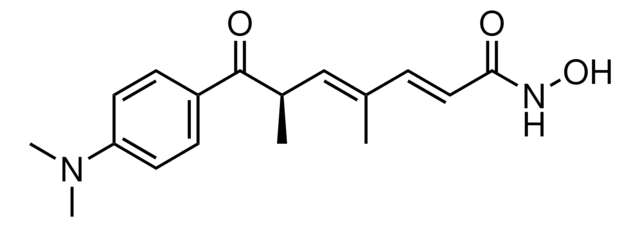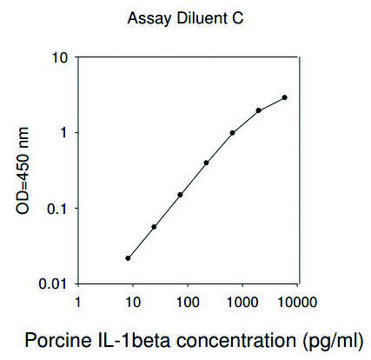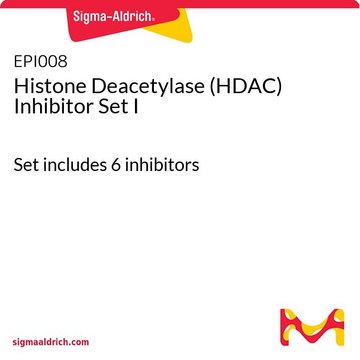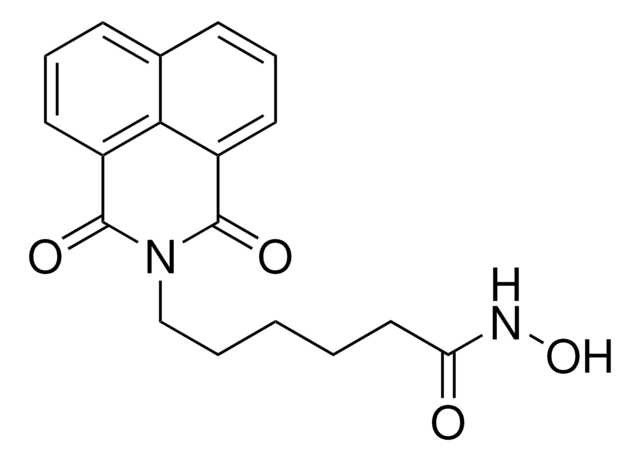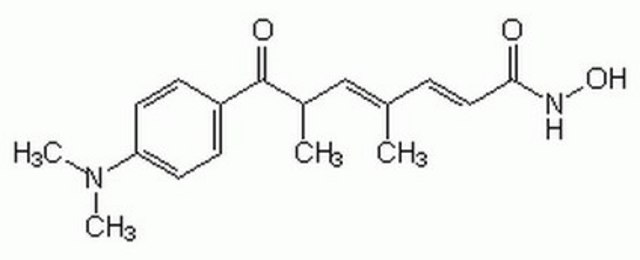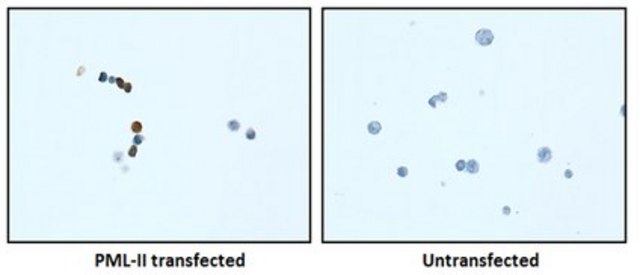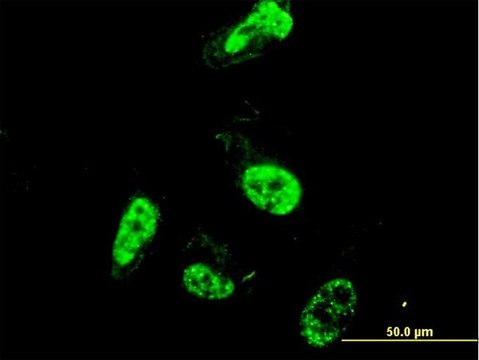05-718
Anti-PML Antibody, clone 36.1-104
clone 36.1-104, Upstate®, from mouse
Synonym(s):
Anti-MYL, Anti-PP8675, Anti-RNF71, Anti-TRIM19
Select a Size
₩1,54,788
Select a Size
About This Item
₩1,54,788
Recommended Products
1 of 4
This Item | P6746 | MABE175 | WH0005371M2 |
|---|---|---|---|
| clone 36.1-104, monoclonal | clone PML-97, monoclonal | clone 1A8.1, monoclonal | clone 1D12, monoclonal |
| species reactivity mouse | species reactivity hamster, human, mouse | species reactivity human | species reactivity mouse, human, rat |
| biological source mouse | biological source mouse | biological source mouse | biological source mouse |
| antibody form purified immunoglobulin | antibody form purified immunoglobulin | antibody form purified immunoglobulin | antibody form purified immunoglobulin |
| Gene Information human ... PML(5371) | Gene Information human ... PML(5371) | Gene Information human ... PML(5371) | Gene Information human ... PML(5371) |
| technique(s) immunocytochemistry: suitable, western blot: suitable | technique(s) immunocytochemistry: suitable, immunoprecipitation (IP): suitable, indirect ELISA: suitable, microarray: suitable, western blot: 1-2 μg/mL using 293T cells expressing recombinant PML3 | technique(s) immunocytochemistry: suitable, western blot: suitable | technique(s) indirect ELISA: suitable, indirect immunofluorescence: suitable, proximity ligation assay: suitable, western blot: 1-5 μg/mL |
General description
Specificity
Immunogen
Application
Epigenetics & Nuclear Function
Transcription Factors
Quality
Target description
Physical form
Storage and Stability
Analysis Note
MEF1 cell lysate
Other Notes
Legal Information
Disclaimer
Not finding the right product?
Try our Product Selector Tool.
Storage Class Code
10 - Combustible liquids
WGK
WGK 1
Certificates of Analysis (COA)
Search for Certificates of Analysis (COA) by entering the products Lot/Batch Number. Lot and Batch Numbers can be found on a product’s label following the words ‘Lot’ or ‘Batch’.
Already Own This Product?
Find documentation for the products that you have recently purchased in the Document Library.
Our team of scientists has experience in all areas of research including Life Science, Material Science, Chemical Synthesis, Chromatography, Analytical and many others.
Contact Technical Service